Explore the SEE Toolkit


Learn how to:
- apply it;
- benefit from it;
- have a positive impact on nature.

To help you navigate through the SEE toolkit, head on to the different sections for ideas and activities that will improve your Outdoor Sport learning and instruction.
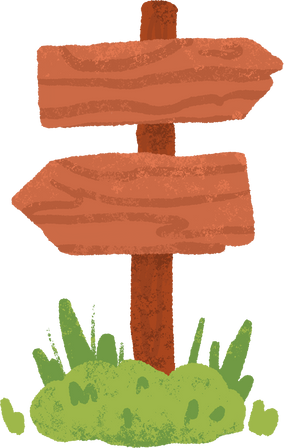
IDEAS
ACTIVITIES


Your bearing has brought you here... now head off into the SEE toolkit by clicking the link.
the SEE toolkit
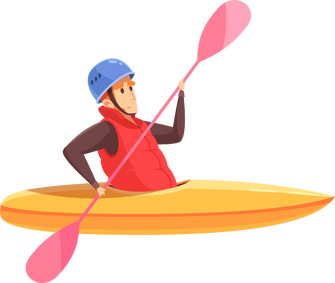

Your direction was correct find out more about what is the SEE toolkit, who it’s for and how to use it.
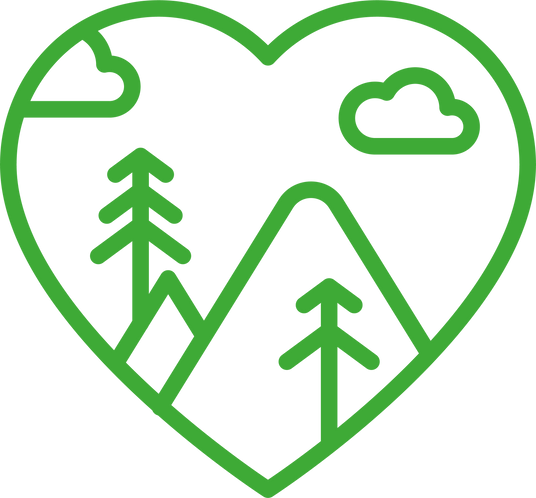

SEE toolkit

The SEE toolkit, is based on a six-stage process , which can be used as a guideline, that will structure and plan environmental training in Outdoor Sports.
It also contains many tried and tested educational activities, that will implement education for sustainable development in Outdoor Sports courses.
It is a useful tool for training providers hiking guides, canoe teachers or MTB instructors and professionals from all Outdoor Sports.
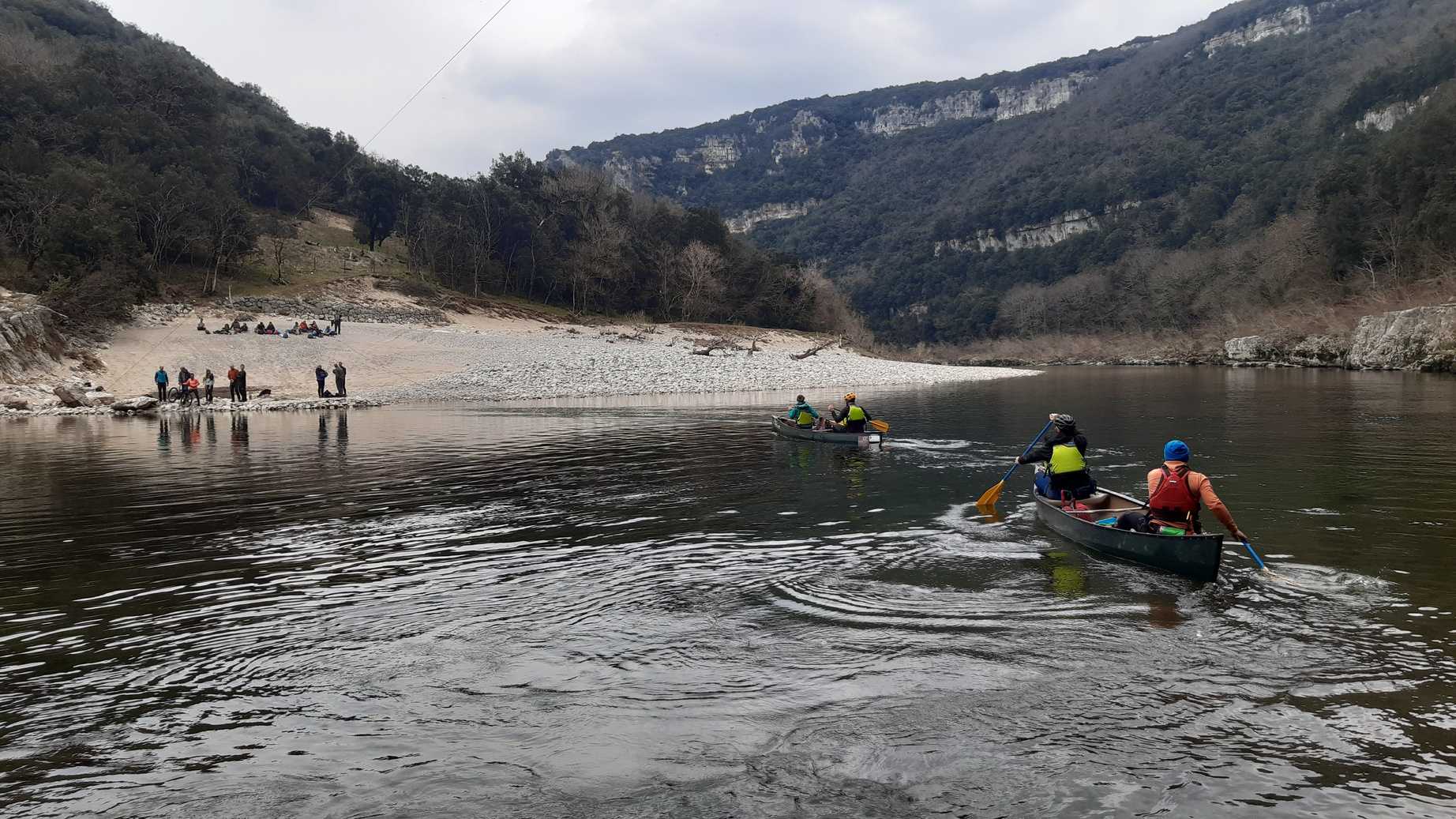
The Six Stage SEE Toolkit Process


The SEE toolkit provides a 6 stages process on how to implement education for sustainable development and environmental training into Outdoor Sport courses.
Each stage will help you think through the need for better environmental training in Outdoor Sports and plan and deliver activities that will raise awareness, provide impact and generate transformation in how Outdoor Sports interacts with Nature.
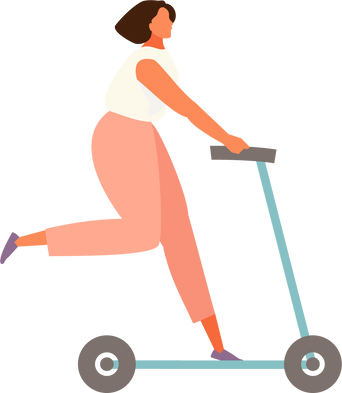
the STAGES OF THE SEE TOOLKIT

1
DISRUPTION AND AWARENESS
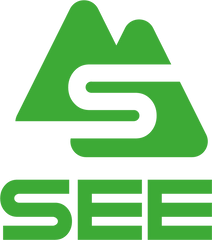
2
IMPACT ANALYSIS

3
SELECTION AND CREATION

4
INTEGRATION

5
ACTION

6
TRANSFORMATION


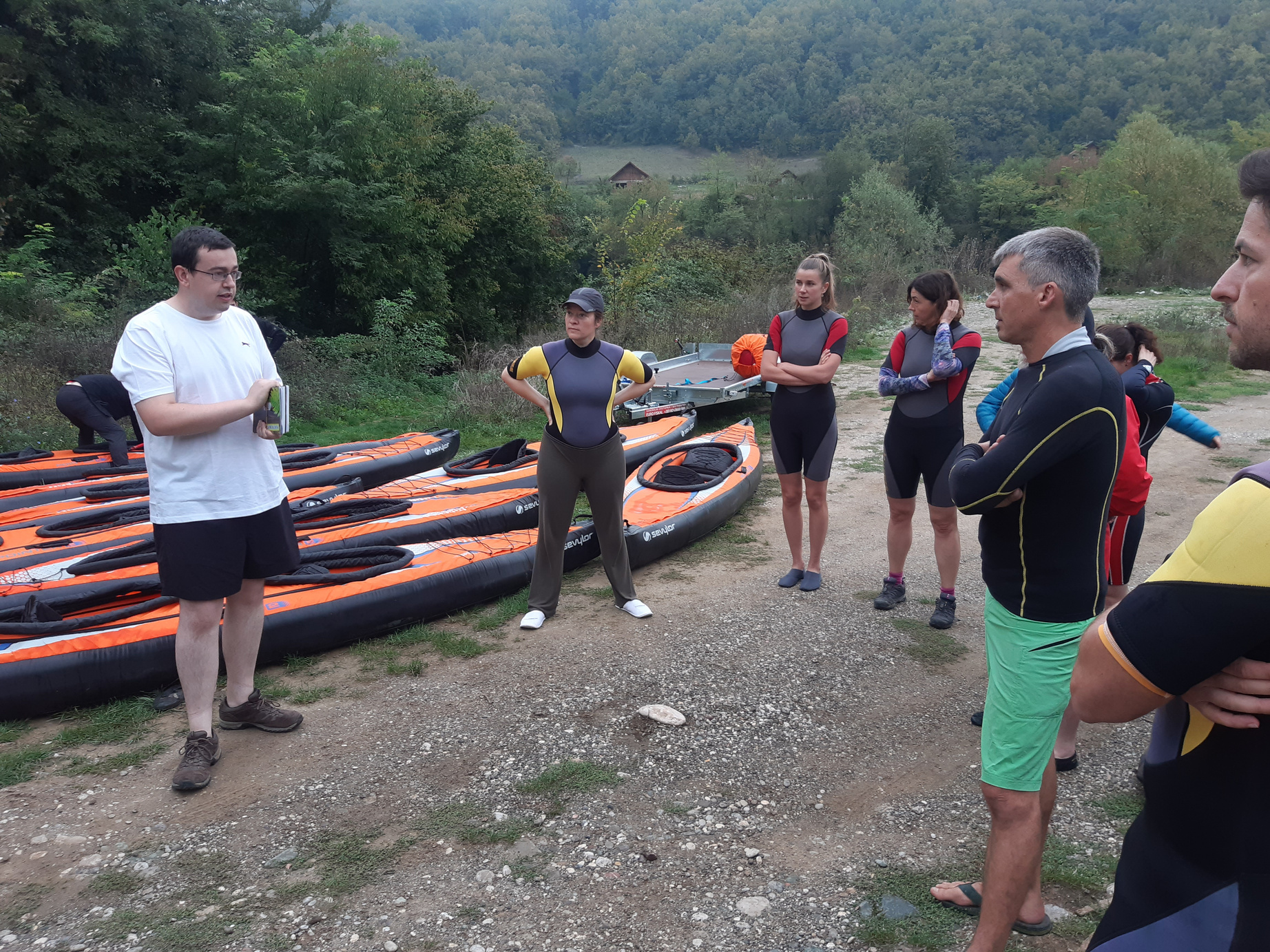

Each Stage of the SEE Toolkit
Process includes
- A background explanation of the importance of this stage of the process to Outdoor Sports Training
- A set of guiding questions that can be used to plan and frame the training
- Outcomes of the training for Outdoor Sports
- Suggested activities that could be used to help deliver this stage of the SEE toolkit

Now enjoy a Journey through the landscape of activities, and discover new ideas to support your Outdoor Sport teaching, guiding and leading.
Outdoor Sport practitioners supported by Protected Area Managers have curated, tried and tested activities suitable for all levels of Outdoor Sport enthusiasts.
You will find all the related activities which will describe how to use it, who to use it with and the benefits that will be gained.
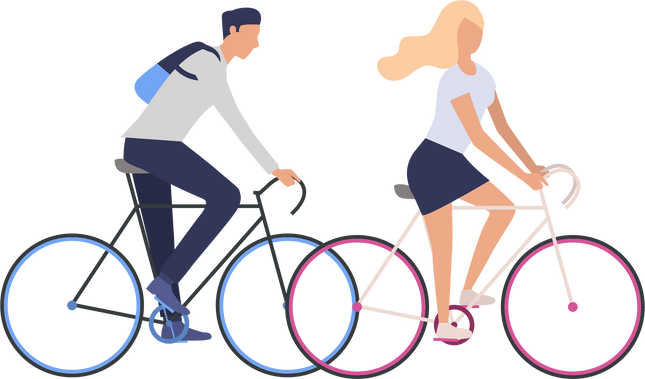
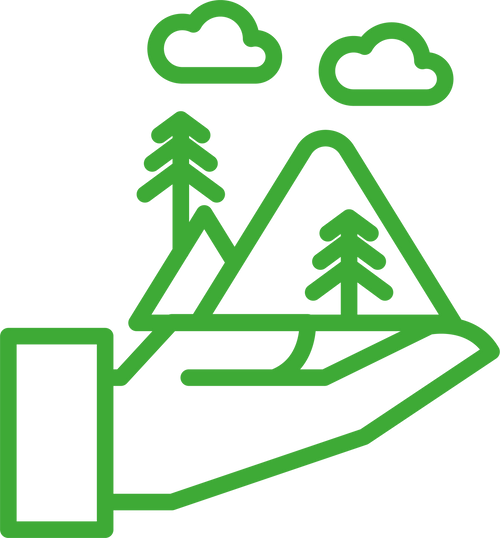
Carbon emissions
Principles, ethics and regulations
Awareness, values and responsibility

Climbing specific activities
Sustainability
MTB specific topics
Dealing with impacts
Flora
Fauna
Social conflicts and community engagement
Justice
Consumerism
Littering
WITHIN THE TOOLKIT YOU CAN SEARCH BY TOPIC
Impact analysis
Equipment and consumption
Nature connection and environmental engagement
Mobility and travel
Destination development, social media and communication
Guiding and preparing ahead
Erosion
Taking action
Place attachment, responsibility and care
Food and drinks
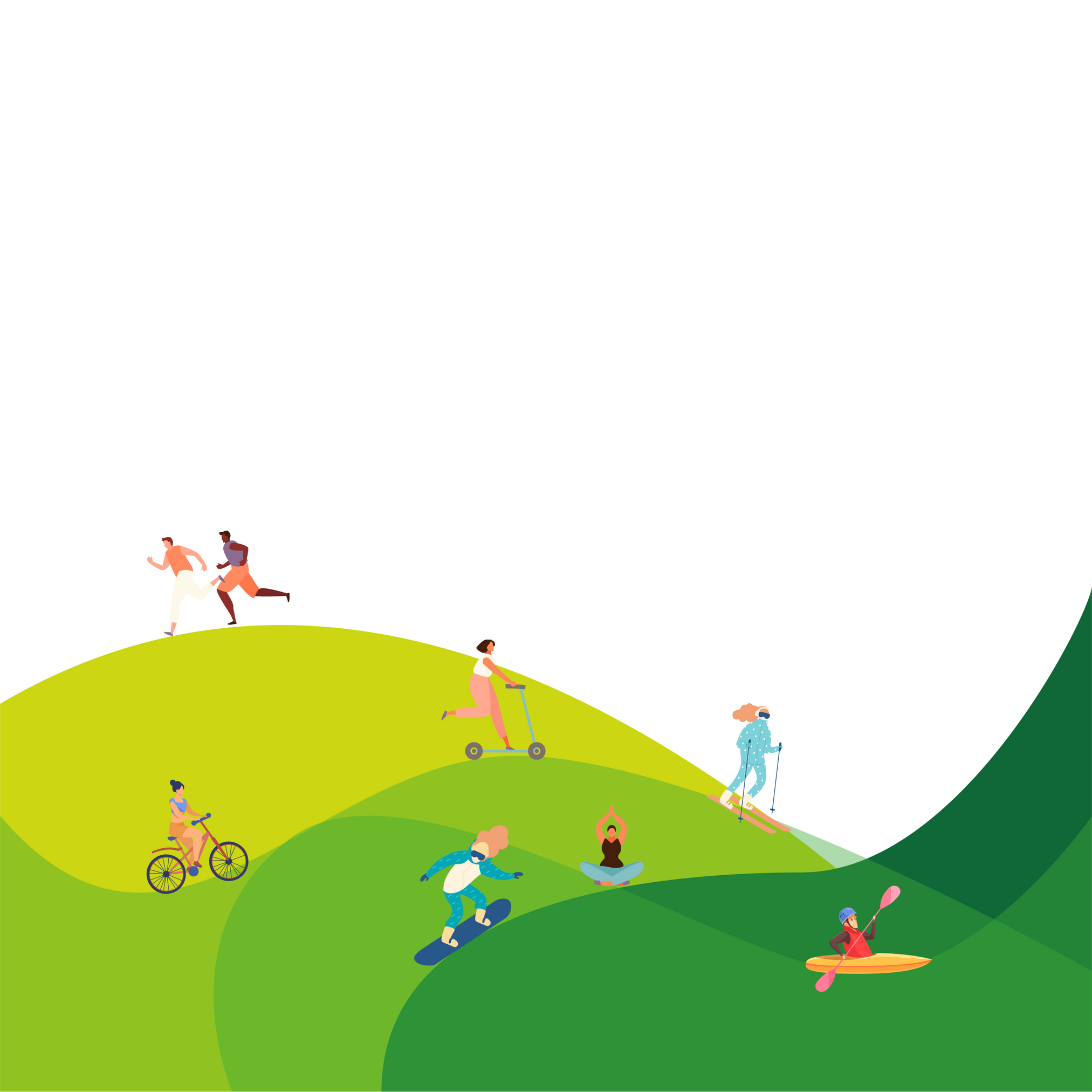
Game of values

Thanks for stopping by to explore the Game of Values and see how it would benefit you and your groups.
You can find the full description of the game here.


topic:



Awareness, values and responsibilities
time:
30-45 min
Suitable for Outdoor Sports instructors and course participants
Materials needed:
- Printed cards with values for each group
- Dice
activity:
Choose pictures showing normal Outdoor Sports activities. These will represent the values that are important to those taking part. Dice.
You will be selecting and ranking as a group what you value most by taking part in your sport.
LEARniNG OUTCOMES:
- Learn about the values in your Outdoor Sport.
- Understand other people’s values and broaden your perspective.
The Game of Values really gets people to think about what is important to them and also how those values interact with other aspects of being in nature.
Be it impacts, interaction with others, economic benefits or even wider societal issues around health, well being and freedom.
It should lead to people questioning their choices, behaviours and actions to ensure they marry with their values when taking part in sports.

The natural spaces, often found in Protected Areas, that we need for Nature to thrive and to manage climate change, are the same places we enjoy for our sport and to improve health and well-being.
Outdoor Sports have an important role in being more sustainable and positive in how they interact with Nature.
The SEE toolkit was created through a collaboration between Outdoor Sports and Protected Areas across Europe and with better environmental and sustainability education systems for Outdoor Sports will ensure Nature and Outdoor Sports are on the same team!

